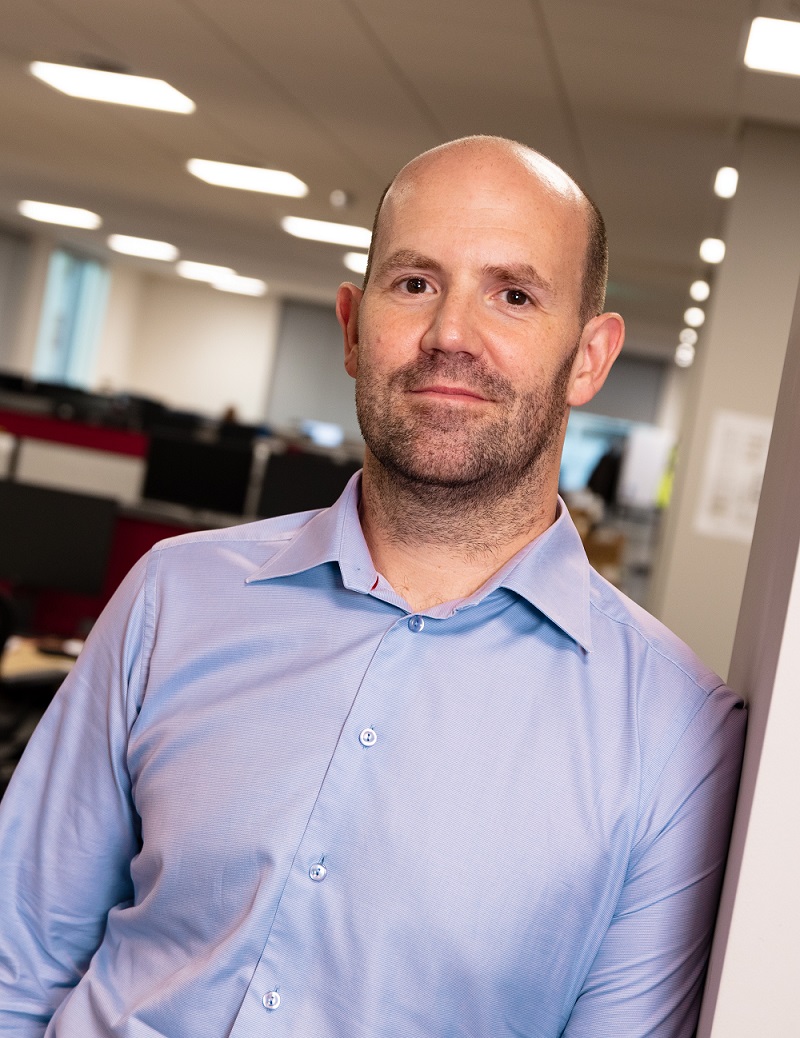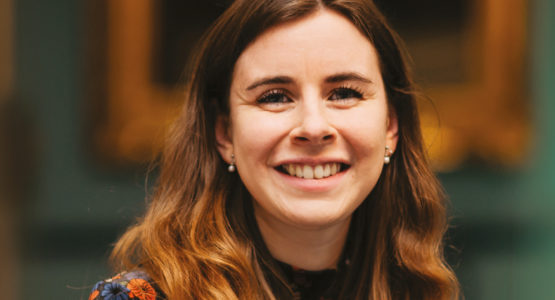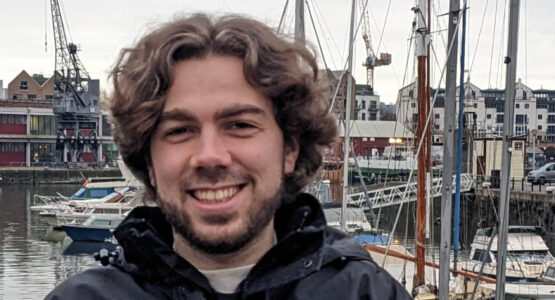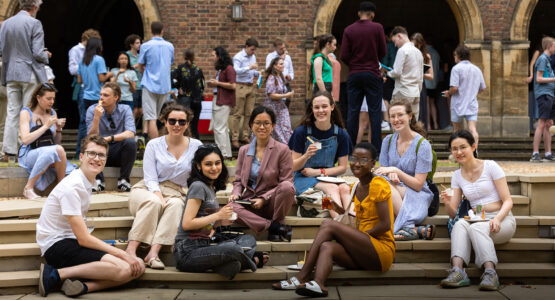Raspberry Pi Co-Founder and Chief Executive Officer Eben Upton (1996) first noticed the decreasing number of Computer Science applications when he was Director of Studies (DOS) at St John’s. In this interview with Johnian Editor Ellie Collingwood, Eben talks about the hypothesis that started Raspberry Pi, levelling the computing playing field and what’s next on his list.
How did your time at St John’s, and in particular your experience as a DOS, influence the development of Raspberry Pi?
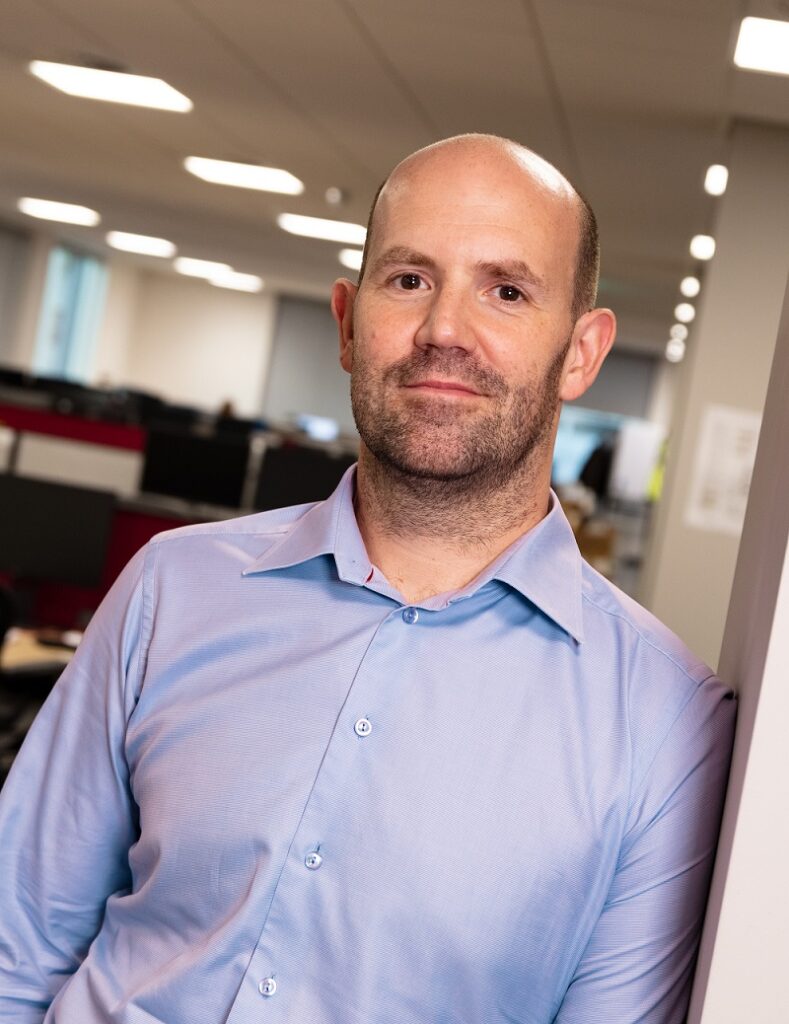
I turned up at St John’s in 1996, having interviewed in 1994. I read Natural Sciences and at the time it was possible to do some computer science in the first year. That was fun because I’d already been programming for a long time. Like lots of people of my generation, I was a hobbyist computer programmer when I was a kid. It felt like the aim of the early part of the course was to beat out of you the opinion that you knew everything when you arrived. Lots of us had been writing assembly language since we were 13, so first they had to tell us that there was more to learn, and that they’d teach it to us.
Almost everybody on the course had that kind of background. Alex Evans (1996), who went on to found Media Molecule, was in my year at St John’s and there were lots of other really talented people across the University. It was a good time to study computer science as an undergraduate.
I focused mainly on physics and engineering for the rest of my undergraduate degree, but I later came back and took the Diploma in Computer Science in 2000/01. After this I pursued a PhD from 2001 to 2006, and I was Director of Studies in Computer Science at St John’s from 2004 to 2007. What was interesting about the DOS experience was that there was a 10-year window between my interviewing and my becoming a DOS, and in that time you could see a collapse in interest in the subject. It was a dramatic decline, not in the level of ability of our successful applicants, but in the raw number of applicants.
When I was first interviewing in Michaelmas 2004, I went to get my bundle of applications and it was only seven or eight folders. I had three places to offer. I was really lucky, I found two people, Ben Challenor (2005) and Alex Davies (2005), to admit and then I picked up Adam Rowell (2005) who had applied to read Maths and Computer Science. We never admitted anyone who wasn’t brilliant, but we got to a point where we admitted everyone who was brilliant. We had no fat left. Of course, it’s a tragedy of the admissions system that we reject, in most subjects, huge numbers of incredibly talented young people. That wasn’t the case in Computer Science at that time and it felt like a very brittle place to be.
This happened again the next year and, while we were admitting great people, we were clearly on the edge. For me, the first glimmer of the idea for Raspberry Pi came when I started asking myself: how had this disaster happened to us? I talked to some of these people about what their route into computing had been. Ben was a great example actually, because he’d learnt to program on a calculator. There was clearly a big difference between me learning to program on an Acorn BBC Microcomputer – a home computer – in front of my television and Ben having to use a graphical calculator because it was the only programmable hardware he had. A young engineer who works for us at Raspberry Pi today learnt to programme on a Nintendo DS games console, typing with a stylus on a touchscreen! That generation were forced down onto terrible platforms. When there were great platforms, we all became great programmers, but when the platforms went away, the programmers went away too.
So, my hypothesis was this: if we brought the platforms back, maybe the programmers would come back. It was like a cargo-cult recreation of the 1980s. Professor Robert Mullins, my successor as Director of Studies at St John’s, had a very similar experience, and a number of us came together having had different aspects of the same challenge. That’s really what Raspberry Pi came out of. We needed an intervention, which for us was a piece of programmable hardware.
How has the landscape changed since the foundation of Raspberry Pi?

There are a lot more Computer Science applicants! It’s now one of the hardest subjects to get into. I believe there were over 1600 applicants for around 140 places last year. And many applicants, when asked why they applied, have the good sense to say ‘because of Raspberry Pi’!
It’s not that Raspberry Pi is a singular intervention in this field; lots of people had similar experiences and have created different interventions. The British Computer Society, founded by the Johnian Professor Sir Maurice Wilkes (1931), has the Computing At School (CAS) initiative, for example. And there has been reform to the curriculum. We now have a robust curriculum that aspires to do more than just teach office skills.
When Eric Schmidt gave the MacTaggart Lecture in 2011, he lambasted the government of the country of Turing and Babbage for only teaching its students Microsoft Word. There aren’t many other people who can move the needle with a speech. The then coalition government realised that the UK ICT curriculum was so bad that it was no longer worth assessing the schools on their delivery of it. Going against the usual instincts of government – while they worked on getting a proper curriculum together – they recognised that what existed was actively damaging and asked teachers to teach what they wanted instead.
Eventually, they did get a good curriculum. It’s quite a ‘Cambridge’ product, and Simon Peyton Jones at Microsoft Research here drove much of the development of this. I remember seeing the early drafts of the new curriculum and thinking, ‘Wow, this is really rigorous and impressive. I’m sure someone is going to ruin it.’ But nobody got round to ruining it and it eventually became the National Curriculum for Computing. It’s world class.
Other interventions include the various club networks. Code Club was particularly significant and has subsequently been rolled up into the Raspberry Pi Foundation. The initial intention with Raspberry Pi was for the computer to be the intervention. We didn’t need to make money from selling the computer, but it turns out we do make a little bit of money from each one, and we’ve sold well over 50 million of them! So, the Foundation has a supply of money which can be taken and connected to existing good initiatives that were founded outside the Foundation. This can sustain these initiatives and gives their founders a larger organisation from which they can experience further career growth.
It’s not that Raspberry Pi alone solved the problem; it’s that Raspberry Pi is one of a number of interventions that, in parallel, seem to have delivered. In terms of the specific hypothesis that the lack of programmable hardware was one problem, given the number of applicants who specifically mention Raspberry Pi, it does feel like that’s close to proven.
How can we continue to increase access to computer science and computer engineering?

Engagement with the formal education system is incredibly important. If I were to walk out onto the engineering floor of Raspberry Pi right now, I would mainly see people like me. Not everybody is white, but almost everybody is male. We’re all pretty solidly middle class by background. That demographic monoculture is the child of the demographic monoculture of the people who tinkered with computers in the 1980s. It was by and large a posh white boys’ sport.
The important thing about engagement with formal education is that it establishes a baseline. Providing a base-level provision for everybody means that you can start to dismantle some of the things that have led to the demographic challenges that we see today. Quantitative subjects are great because you can’t fake being good at them. It’s no good asking your dad to find you a shortcut into an engineering job – if you build a bridge and you’re no good at engineering the bridge is going to fall down. It’s unforgeable in a way that some other things aren’t. Therefore, quantitative STEM subjects provide a wonderful ladder that talented but disadvantaged people can climb, if they’re given access to the first rung. The baseline provision that comes from the formal education system can be the first rung.
Already we are seeing more gender diversity. The clubs demonstrate this. If you work to ensure that the people running the clubs are diverse, the clubs end up having diverse participants. Nearly half of the participants in Code Club for 9–13 year olds are girls. This is the age where, historically, society gets to girls and tells them that STEM subjects are not for them. However, this is also the age where on average they are outperforming boys at maths. Now, these clubs are reaching girls at that age and sustaining them beyond the first point where they can to choose to disengage. It’s really encouraging.
On the socioeconomic front, the numbers show that if you’re in a school in the bottom quartile for advantage (measured by the proportion of students offered free school meals), you’re slightly more likely to have a Code Club than if you’re in the top. This is fantastic. It gives me confidence that, if we can sustain that interest through to 16+ and into university level, then if I go out to the engineering floor in 25 years’ time, I’ll have among the younger engineers a workforce which more closely matches the demographics of society.
What’s next for the company and for you personally?
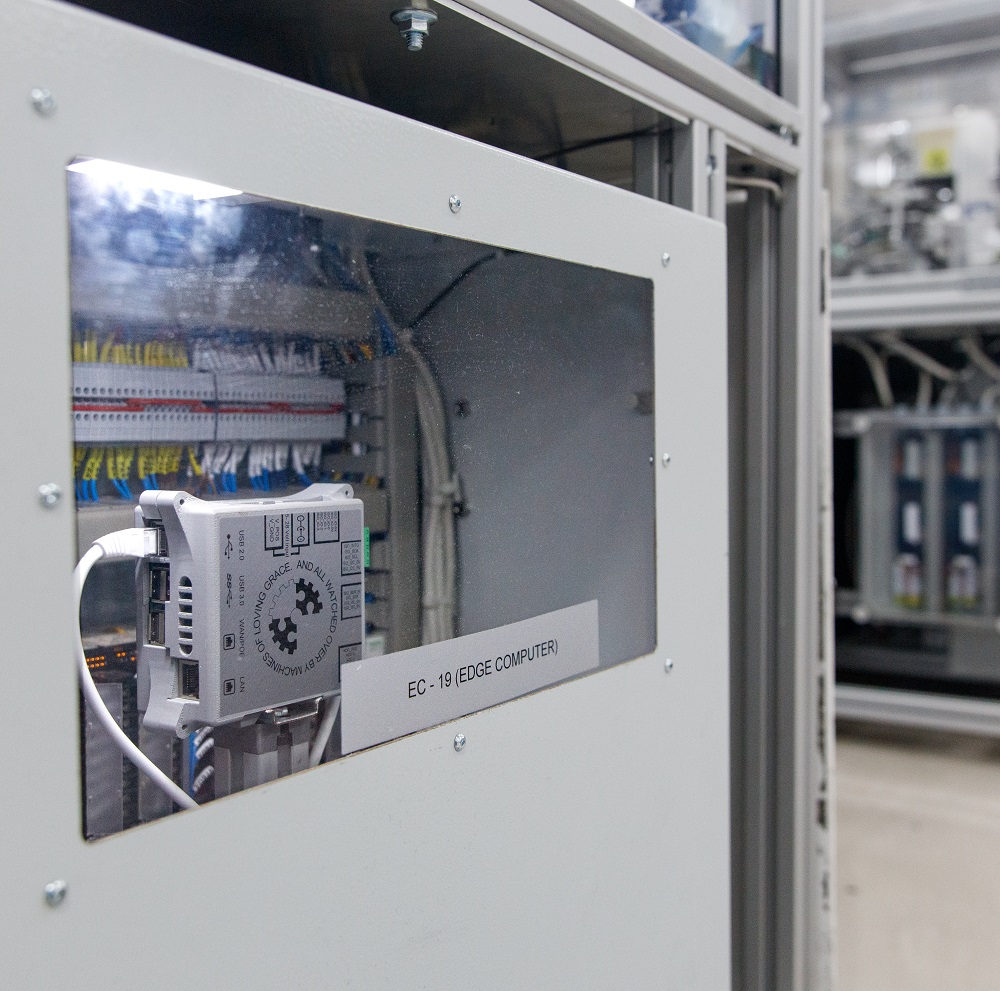
I’ve been doing this for a long time now. We founded Raspberry Pi at the end of 2008, so it’ll be 15 in December.
I’m going to keep doing it. It’s still fun. It’s still challenging.
We were talking the other day about how organisations reach a point of stasis and they become wearying for the people who run them and work in them. What we want to do in our commercial organisation is to keep trying new technical things. For example, we make our own silicon now.
Historically, Raspberry Pi has taken chips from other people (we’ve often been involved in bringing them into existence, but fundamentally they are other people’s silicon) and we’ve built our products around them. What we’ve started doing over the last couple of years is building some of our products around silicon that we design here in Cambridge. That’s a whole new thing for Raspberry Pi and we’ve been able to create a small but very effective silicon engineering operation. It’s novel and exciting in and of itself and it opens up some interesting opportunities on a product level.
In September 2023 we launched Raspberry Pi 5. We will do subsequent versions of Raspberry Pi, but because we’ll increasingly have more of our own silicon in the products it won’t feel like just another Raspberry Pi.
We’re also working to keep the Foundation side of things fresh. The clubs are going through a period of rebuilding post-pandemic, but they’ve had enormous success and made great new partnerships. There are some interesting conversations around the explosion of artificial intelligence capability, especially in the generative AI, ChatGPT world. This gives us the opportunity to explore what, if any, impact that has on teaching and learning.
There will also be greater focus outside of the UK. The US particularly is a formidably challenging environment: it can sometimes feel like 50 completely different countries! Making an impact there is extremely hard without having a huge headcount. So while we continue to do work in the US, we may find that places like sub-Saharan Africa and India will become increasingly important to us. We’re keen to expand outside the Anglosphere. While we have community translations of a lot of our material, there is always a desire to increase this. We wonder how much of what we have learnt might go down well in France, for example – they’re only 20 miles away across the sea!
In terms of what’s next for me personally… Well, I’m going to keep running the commercial and engineering organisation!
At the moment, we’ve got about 130 employees at the Foundation and 110 employees in my part. This means both are getting very close to the Dunbar number: the 150-person cognitive limit. This is a critical size for human organisations where the boss can no longer sustain personal relationships with everyone in the organisation. I do find myself even now having to work hard to maintain relationships with everyone. My hope is that I can hold the commercial organisation to under 200 people in the medium term.
I’d love for us to be 10 times the size in terms of revenue, but with only twice the number of people. It’s a good stretch goal from where we are now. If we can increase our profitability, then obviously that would improve our return to the Foundation, allowing them to continue to drive change in computing education at ever-increasing scale.
Written by
Eben is Co-Founder and Chief Executive Officer of Raspberry Pi. He was Director of Studies in Computer Science at St John’s from 2004–07. It was during this time that he had the idea for Raspberry Pi. Eben was made CBE in Queen Elizabeth II’s Birthday Honours, June 2016. He was made a Fellow of the Royal Academy of Engineering (FREng) in 2017, a Distinguished Fellow of the British Computer Society (DFBCS) in 2019 and an Honorary Fellow of St John’s in 2020.


